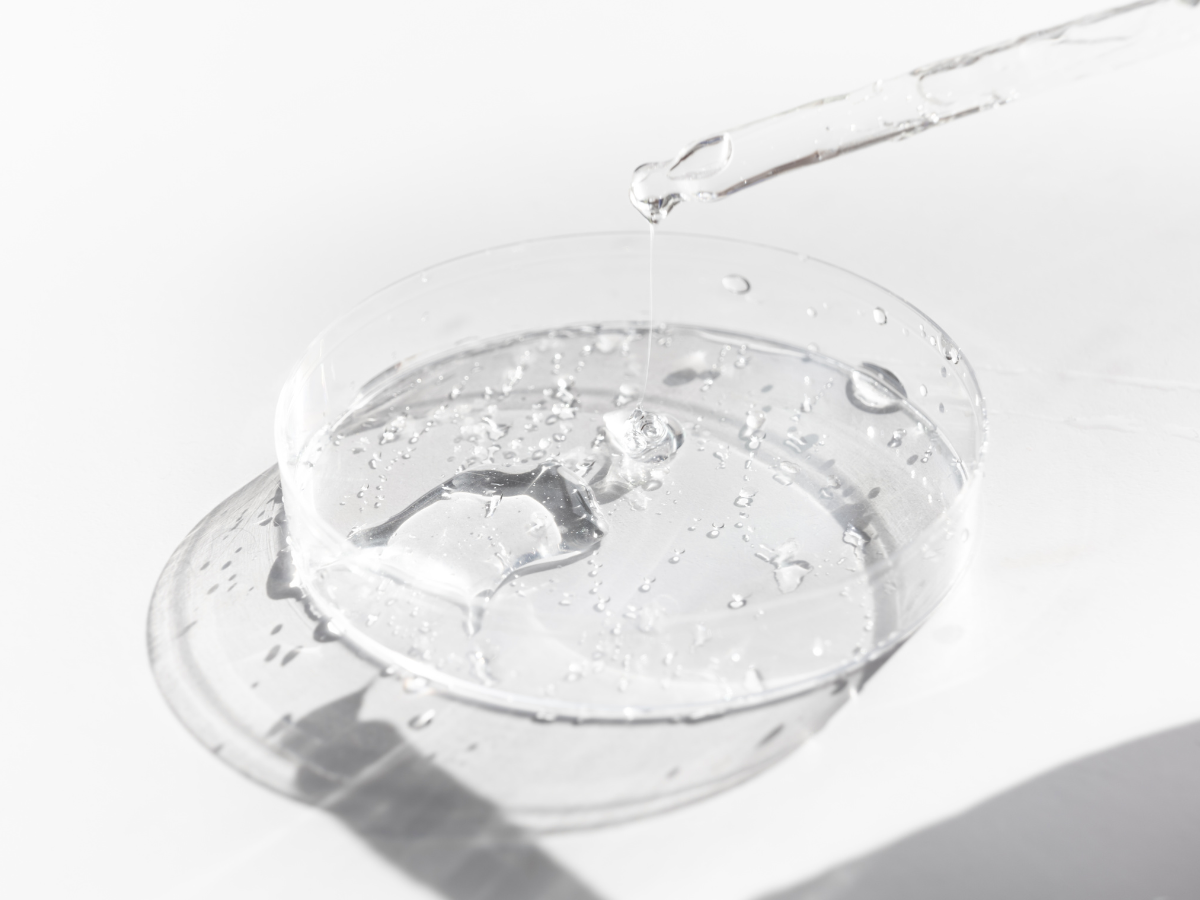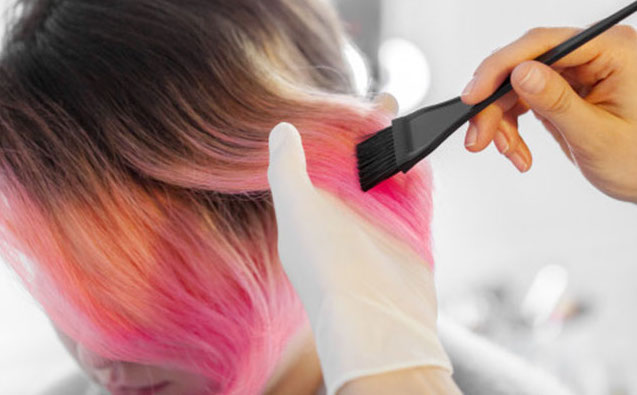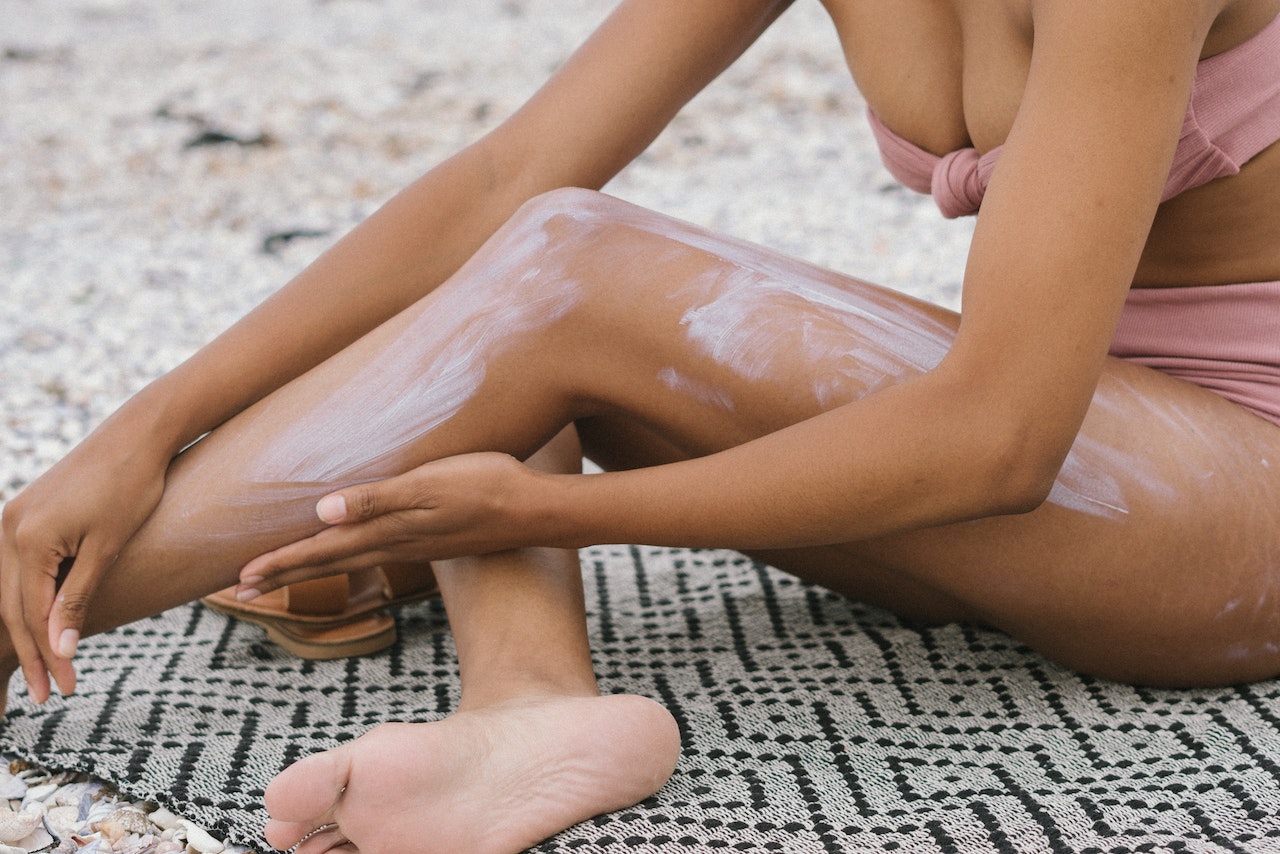HAA299 AND ITS SAFETY
HAA299 (CAS number: 919803-06-8), also called Bis-(Diethylaminohydroxybenzoyl Benzoyl) Piperazine (INCI name) is an organic compound used as a UV-filter in cosmetics and personal care products. HAA299 (nano form and non-nano) is not currently included in the Annexes of the European Cosmetics Regulation (Regulation (EC) No 1223/2009).
In 2014, the European Commission’s Scientific Committee on Consumer Safety (SCCS) issued an opinion regarding the use of HAA299 as UV filter in sunscreen products. The SCCS concluded that the use of non-nano HAA299 (micronized or non-micronized, with median particle size distribution around 134 nm or larger) at a concentration up to 10% as an UV-filter in cosmetic products, does not pose a risk of systemic toxicity in humans. The SCCS safety evaluation does not apply to inhalation exposure and covered only the HAA299 in the non-nano form, not covering when this ingredient is composed of nano particles.
HAA299 has low oral bioavailability and scientific evidence shows an overall very low or lack of dermal absorption of HAA299 in human skin. Non-micronized HAA299 was not a dermal irritant when applied in rabbits but it caused slight irritation in the eyes of rabbits. No delayed contact hypersensitivity was observed in a murine Local Lymph Node Assay (LLNA), but the sensitization potential of HAA299 could not be ruled out by the SCCS. Phototoxicity studies with HAA299 indicate that this ingredient has no phototoxic, photoallergic or photogenotoxic potential.
NEW SCCS OPINION ON HAA299 (NANO-FORM)
The SCCS released its new opinion regarding the safety of HAA299 in its nano-form (aqueous dispersion of nanoparticles formulation with excipients containing the HAA299 active UV filter ingredient that was micronized to nano size).
The available data indicated that HAA299 in the nano-form is a practically insoluble material, with very low dermal and oral absorption. Nano HAA299 did not show skin irritation potential or caused ocular corrosion or severe ocular irritation in in vitro tests. Skin sensitizing and phototoxic potential are considered unlikely.
The SCCS expressed concerns regarding the repeated use of products containing nano HAA299, due to the inflammatory effects on the lung after acute inhalation exposure. The Committee does not recommend the use of this ingredient in applications that could lead to exposure of the consumer’s lungs via inhalation.
Considering the currently available scientific evidence, which shows an overall very low or lack of dermal absorption of nano HAA299, the SCCS considers that “HAA299, either as non-nano or nano form, is safe when used as a UV-filter in dermally-applied cosmetic products up to a maximum concentration of 10%”. Moreover, the Committee indicated that the combined maximum concentration of the two forms (nano and non-nano) should not exceed 10% in cosmetic products.
The SCCS may consider the revision of its opinion if new evidence emerges in the future to show that nano HAA299 used as UV-filter in cosmetic products can penetrate human skin to reach viable cells in higher levels than demonstrated in the submission.
If you wish to get more information on the safety of cosmetic ingredients, feel free to contact us at info@criticalcatalyst.com.
References:
- Regulation (EC) No 1223/2009 of the European Parliament and of the Council of 30 November 2009 on cosmetic products.
- Scientific Committee on Consumer Safety (SCCS). Opinion on HAA299 (nano). SCCS/1634/21. 2021
- Scientific Committee on Consumer Safety (SCCS). Opinion on 2-(4-(2-(4-Diethylamino-2-hydroxy-benzoyl)-benzoyl)- piperazine-1-carbonyl)-phenyl)- (4-diethylamino-2- hydroxyphenyl)-methanone (HAA299) as UV filter in sunscreen products. SCCS/1533/14. 2014













